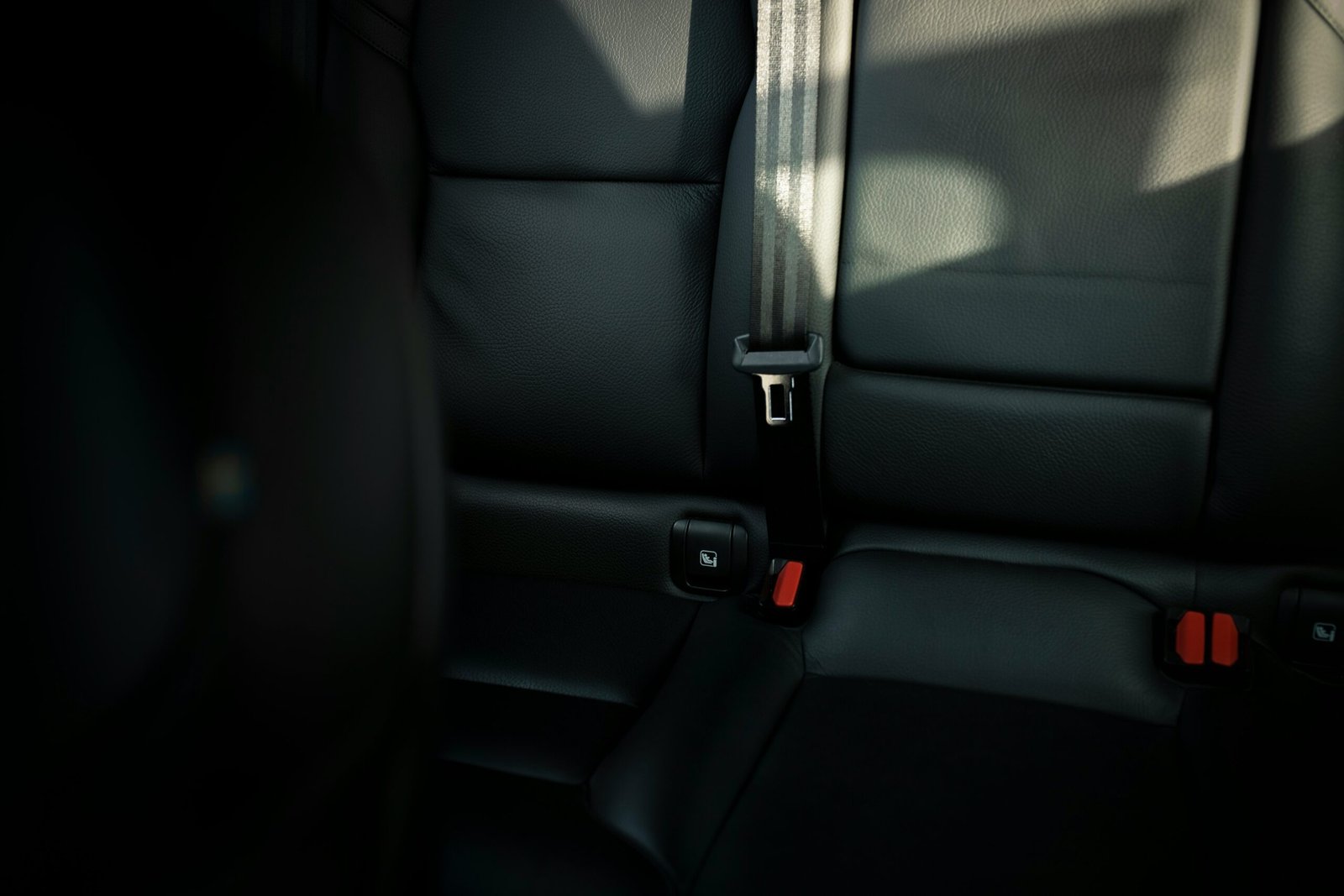Kayaking is a fantastic way to explore the great outdoors, whether you’re gliding across serene lakes, navigating winding rivers, or tackling challenging rapids. However, safety should always be your top priority whenever you’re on the water. Here’s a comprehensive guide to help you stay safe while enjoying your kayaking adventures.
1. Wear a Personal Flotation Device (PFD)
• Why It’s Important: A PFD, or life jacket, is essential for every kayaker, regardless of skill level or water conditions. It keeps you afloat if you capsize and can save your life in an emergency.
• Tip: Choose a PFD designed specifically for kayaking to ensure comfort and freedom of movement.
2. Know the Weather and Water Conditions
• Why It’s Important: Weather and water conditions can change rapidly, and being unprepared can lead to dangerous situations.
• Tip: Always check the weather forecast and local water conditions before heading out. Avoid kayaking in strong winds, storms, or rough waters, especially if you’re inexperienced.
3. Use the Right Equipment
• Why It’s Important: Using the proper kayak and gear for your environment and skill level can prevent accidents.
• Tip: Ensure your kayak is suitable for the water you’re paddling. Equip yourself with a paddle that matches your height and strength, and always carry a whistle or signaling device for emergencies.
4. Understand and Practice Self-Rescue Techniques
• Why It’s Important: Knowing how to rescue yourself if you capsize is crucial, especially in remote or challenging environments.
• Tip: Practice wet exits, re-entering your kayak from the water, and using a paddle float in calm conditions before attempting them in more challenging situations.
5. Never Paddle Alone
• Why It’s Important: Paddling with others increases safety by providing help in emergencies and making the experience more enjoyable.
• Tip: Always kayak with a buddy, especially in unfamiliar or challenging waters. If you must go alone, inform someone of your plans and expected return time.
6. Stay Hydrated and Protect Yourself from the Sun
• Why It’s Important: Dehydration and sunburn can sneak up on you, especially when you’re focused on paddling.
• Tip: Bring plenty of water, wear sunscreen, and consider wearing a hat and sunglasses to protect yourself from sun exposure.
7. Be Aware of Your Limits
• Why It’s Important: Overestimating your abilities can lead to dangerous situations, especially in challenging water conditions.
• Tip: Know your skill level and choose your kayaking routes accordingly. Gradually build up to more challenging environments as your experience grows.
8. Learn Basic First Aid
• Why It’s Important: Being able to respond to injuries or emergencies can make a significant difference in outcomes.
• Tip: Take a basic first aid and CPR course, and carry a first aid kit in a dry bag whenever you go kayaking.
Conclusion
By following these safety tips, you can enjoy the beauty and excitement of kayaking with peace of mind. Preparation, awareness, and the right equipment are key to staying safe on the water. Whether you’re a beginner or a seasoned paddler, safety should always be at the forefront of your kayaking adventures.
Paddle safely and have fun exploring the waterways!













